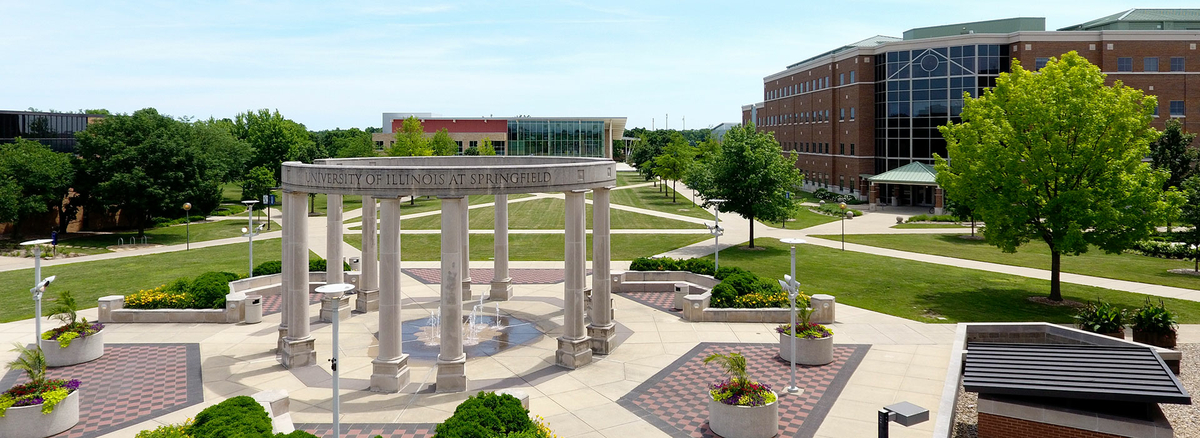It would be nearly impossible to have a health class without acknowledging the elephant in the room, COVID-19.
Assistant Professor of Exercise Science Angela Doehring said one of her first assignments for students in her EXR352 Health Promotion and Disease Prevention class this semester was to research a hot health topic in the news. Nearly every student chose to write about Coronavirus.
“The very first week of class we discussed a novel virus originating in China,” Doehring said. “Even though this was January and there were no confirmed cases in the United States yet, it was just this strange, unknown virus in China.”
Doehring said tracking the spread of the virus in real time is helping teach students that exercise science and health and wellness are integrally linked to disease prevention, infections and epidemiology.
The virus is providing extra opportunities for learning. Doehring’s students can receive extra credit for participating in Centers for Disease Control and Prevention webinars. Many have logged in to learn about social distancing and the spread of the disease.
But while extra opportunities for learning is positive, the loss of the annual UIS Health and Wellness Fair on campus was a blow for her classes.
Each year, students in EXR233 Personal Health and Wellness class create poster presentations and health assessments they deliver during the fair. “We had to figure out how to do a virtual health fair,” Doehring said. Students had to create their posters and make a video of themselves sharing it. Everyone has had different approaches. It’s been interesting how you envision it and then how someone interprets it.”
Another important part of the Health and Wellness Fair presentation was the physical assessments that accompanied it for the other EXR classes like EXR 412 Exercise Management for Special Populations.
“Originally the whole class would work together to plan out one or two assessments to deliver at the health fair. Instead, I let students take the lead at home, choose one assessment they’ve done and perform it on someone in their home and take a video of it,” Doehring said. “Students had to assess the individual, just like they would have at the Health Fair, and explain how they could do better or how it applied to their overall health.”
Doehring said with remote learning, she let her students help direct how the classes would work best for them.
“I put a survey out to my students to see if they wanted the class to be synchronous with zoom meetings at the same time, or asynchronous with a video or Powerpoint each week so they could work at their own pace,” she said. Doehring said her students chose asynchronous learning to work at their own pace. They can log in anytime, and most students are working ahead.
“It seems to be working well,” she said. “But I miss the face-to-face comradery and students interacting with each other. That’s what I miss, classroom discussion, that is the part of teaching that I enjoy most, the student interaction.”
Doehring said despite the initial challenge, both she and students in the class are feeling accomplished and she has tapped into COVID-19 as a teaching tool.
“From a health promotion standpoint, what they’ve learned is playing out in real life, and they are learning the importance of disease and early detection,” Doehring said. “It’s a real-life invaluable lesson.”



